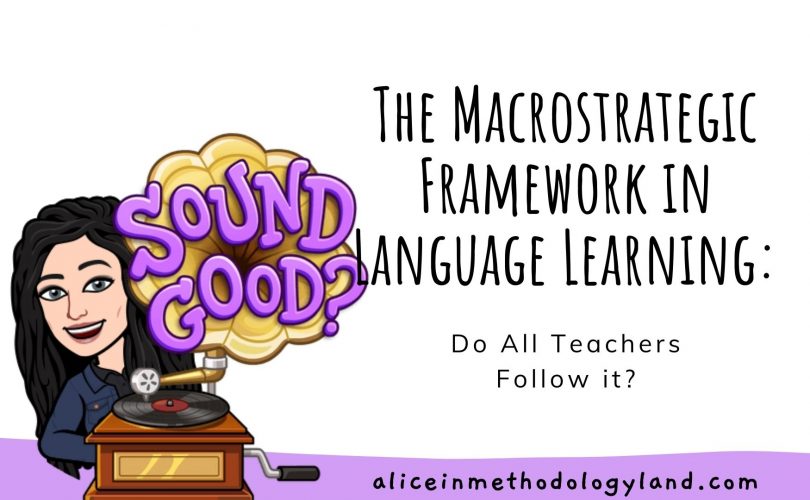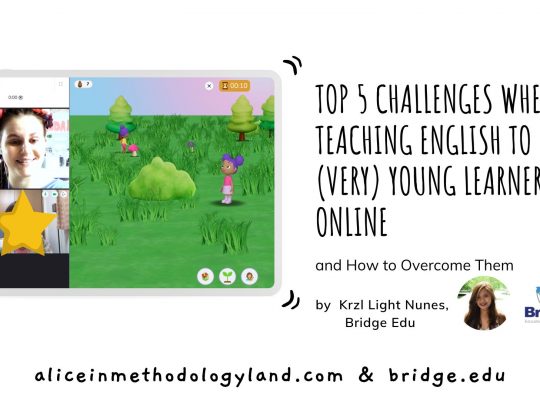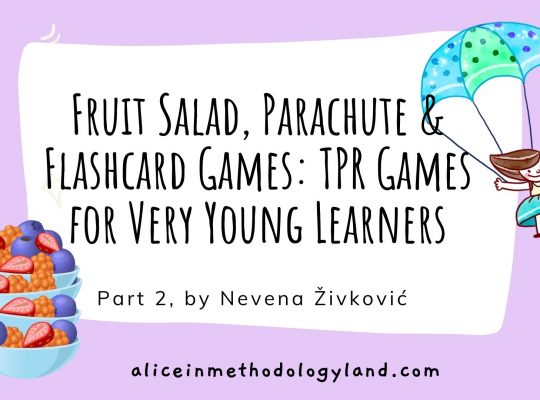Hi, my dear colleagues! Have you ever hear of the macrostrategic framework in education? If not, keep reading to see if you can recognize it in your eclectic teaching methods!
All of the methods presented in this website fall into the category of the microstrategic framework. Kumaravadivelu (2006, pp 199-214) created the macrostrategic framework to make teacher education more sensitive to classroom events and help the teacher develop and generate various situation-specific ideas and strategies in the classroom.
Let’s explore the macrostrategic framework in education in a bit more detail!
- Maximizing learning opportunities means that the learning environment needs to be learning-centered and improved and modified on the basis of the lesson feedback.
- Facilitating negotiated interaction is achieved through the learner’s interaction with the text, which accelerates comprehension and expression.
- Minimizing perceptual mismatching is an important microstrategy, but sometimes it is hard to apply it. Perceptual mismatching happens when the students do not interpret the teacher’s intention properly, which could lead to a possible long-term knowledge gap.
- Activating intuitive heuristics means that the students need to encounter a structure several times, indirectly in various ways, in order to remember it. Kumaradivelu (2006) states that self-discovery increases comprehension and retention.
Let’s explore the final 5 macrostrategies!
- Foster language awareness helps students notice the language features and develops their strategies to improve learning.
- Contextualizing language input needs to be one of the first macrostrategies any teacher applies and contextualizing teaching is the responsibility of the teacher, not the curriculum.
- Integrating language skills is crucial since productive and receptive language skills are complementary and language fluency cannot be achieved if even one language skill is not developed.
- Promoting learner autonomy is a part of the postmethod approach and it is essential in any kind of teaching, not just language teaching.
- Ensuring social relevance means that the lessons need to be developed in the environment in which they are taught.
- Raising cultural consciousness is an integral part of foreign language teaching and with this macrostrategy teachers develop global cultural consciousness and empathy toward the target cultural environment
The macrostrategies represent the overall guidelines for language teaching in a foreign language classroom. They should be used throughout the curriculum development, and they should be present in every lesson. If we observe the macrostrategies from another perspective, we can conclude that they represent any foreign language instruction’s general objectives and aims.
And yes, every teacher applies those strategies, even if they are not aware of them!
References:
- Shin, J. K. & Crandall, J. (2014). Teaching Young Learners English: From Theory to Practice. Boston: Heinle ELT, Cengage Learning.
- Shin.J.K. & V. Savić (2017). Theme-Based Instruction in Teaching English to Young Learners: Faculty of Education in Jagodina, University of Kragujevac, Serbia
- Frost. R, (2004) Total Physical Response: British Council, taken from https://www.teachingenglish.org.uk/article/total-physical-response-tpr
- J. Stivers (2010) ESPY 505, Educational Psychology taken from http://www.fsmilitary.org/pdf/Project_Based_Learning.pdf
- Kumaravadivelu, B. (2006). Understanding language teaching: From method to postmethod. Mahwah, N.J: Lawrence Erlbaum Associates.
- J.Nelson. (2012), Overview of ESL/EFL Methods
- Larsen – Freeman, D. (2000). Techniques and Principles in Language Teaching, Oxford: Oxford University Press.
- Saville-Troike, M. (2006). Introducing second language acquisition. Cambridge, UK: Cambridge University Press.
Do you recognize some strategies from the macrostrategic framework in education? Which one do you use, and which ones do you need to work on? Write below or get in touch via the contact page if you have anything to add or say.

Click here to explore my store where 99% of materials are forever free!
All the materials except lesson plans and 30+ page interactive activity books will be free FOREVER! Why? Because sharing is caring, and 2020 hasn’t been kind to all of us. Please consider donating so I can keep making FREE materials for everyone and keep my website open for all of you.

Don’t forget to leave a review when you download materials! It’s just a minute of your time, and it means a lot to me.
P.S. The store and the freebie library are not the same things – the freebie library has some extra materials like conference presentations and webinar recordings which are not available in the store ✨
The subscription link for the store is below my bio in every post. ?








